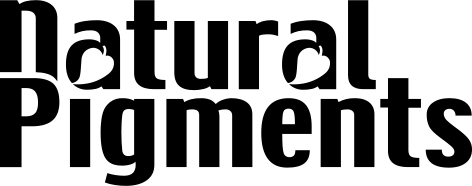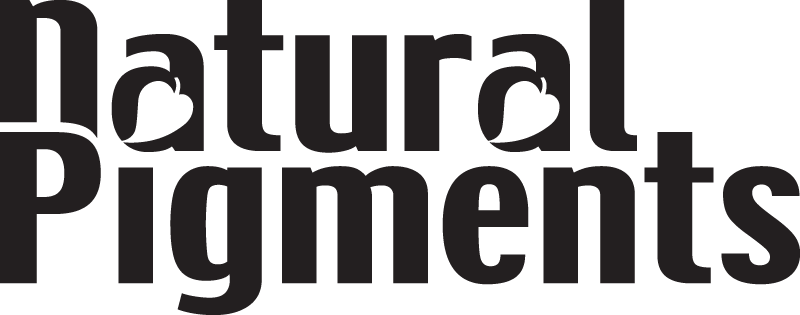Diarylide Yellow Pigment
Diarylide Yellow is a high-performance red-shade yellow azo pigment, that is more opaque, has good tinting strength, and enhanced outdoor durability. Diarylide Yellow (PY83) pigments offer better solvent and migration resistance than monoazo yellow pigments making them a good pigment for inks, plastics, and paint. Our Diarylide yellow is a reddish-yellow pigment recommended for paints as an alternative to replace reddish shade chrome yellows to produce lead-free paints as well as for inks.
Diarylide Yellow is a high-performance red-shade yellow azo pigment, that is more opaque, has good tinting strength, and enhanced outdoor durability. Diarylide Yellow (PY83) pigments offer better solvent and migration resistance than monoazo yellow pigments making them a good pigment for inks, plastics, and paint. Our Diarylide yellow is a reddish-yellow pigment recommended for paints as an alternative to replace reddish shade chrome yellows to produce lead-free paints as well as for inks.
| Pigment Information | |
| Color: | Yellow |
| Pigment Classification: | Synthetic Organic |
| Colour Index: | Pigment Yellow 83 (21108) |
| Chemical Name: | Diarylide Yellow (3,3' dichlorobenzidine coupled with acetoacet-4-methoxy-5-chloro-o-anisidide) |
| Chemical Formula: | C36H32Cl4N6O8 |
| Chemical Structure: |  |
| CAS No.: | 5567-15-7 |
| Series No.: | 4 |
| ASTM Lightfastness | |
| Acrylic: | I |
| Oil: | I |
| Watercolor: | I |
| Physical Properties | |
| Specific Surface: | 20 m2/g |
| Density: | 1.5 g/cm3 |
| Bulk Volume: | 4.3 l/kg |
| Refractive Index: | 1.721 |
| Oil Absorption: | 58 ml oil / 100 grams pigment |
| Health and Safety | There are no acute or known chronic health hazards associated with the anticipated use of this product (most chemicals are not fully tested for chronic toxicity). Always protect yourself against potentially unknown chronic hazards of this and other chemical products by keeping them out of your body. Do this by avoiding ingestion, excessive skin contact, and inhalation of spraying mists, sanding dust, and vapors from heating. Conforms to ASTM D-4236. |
For a detailed explanation of the terms in the table above, please visit Composition and Permanence.
Origin and History
The first azo pigment, tartrazine yellow, PY100, which is still used in artists’ paints, was patented in 1884. β-naphthol azo pigments were first introduced from 1895 to 1911, and they are still in production. The first Hansa yellow, PY1, was patented in 1909, and the first diarylide was synthesized in 1911. Because their importation from Germany was forbidden during World War I, American manufacturers began to study azo dyes in depth. Azo pigments have become the largest class of synthetic organic pigments because of their ease of preparation and wide range of colors. Diarylide yellow pigments are made in a color range from greenish- to reddish-yellow shades.
Diarylides were not widely used until almost twenty-five years after their synthesis in 1911. At that time, they were sold as pigments for rubber under the trade names Vulcan Fast Yellows and Oranges. Diarylides are an important class of azo pigments and now account for approximately 80 percent of all yellow pigments. They are primarily used in printing inks, where twenty-five thousand metric tons were used in 1989.
Diarylide Yellow, PY83, also known as Permanent Yellow HR, is more non-bleeding and lightfast than other diarylide yellows. It was introduced in 1958 by Hoechst and is a reddish yellow pigment used in plastics, printing, and artists’ colors.
| Pyrazolone | Colour Index No. | Naphthol | Colour Index No. | β-Naphthol | Colour Index No. | Arylide (Hansa) | Colour Index No. | Diarylide | Colour Index No. | Nickel-Azo Yellow | Colour Index No. | Benzimidazolone | Colour Index No. |
| PO13 | 21110 | PO38 | 12367 | PO2 | 12060 | PO1 | 11725 | PY12 | 21090 | PG10 | 12775 | PBr25 | 12510 |
| PY100 | 19140 | PR1 | 12070 | PO5 | 12075 | PY1 | 11680 | PY13 | 21110 | PO36 | 11780 | ||
| PR2 | 12310 | PO17 | 15510 | PY3 | 11710 | PY14 | 21095 | PO60 | 11782 | ||||
| PR5 | 12490 | PR3 | 12120 | PY4 | 11665 | PY17 | 21105 | PO62 | 11775 | ||||
| PR7 | 12420 | PR4 | 12085 | PY5 | 11660 | PY55 | 21096 | PR171 | 12512 | ||||
| PR8 | 12335 | PR6 | 12090 | PY9 | 11720 | PY81 | 21127 | PR175 | 12513 | ||||
| PR9 | 12460 | PR48 | 15865 | PY65 | 11740 | PY83 | 21108 | PR176 | 12515 | ||||
| PR12 | 12385 | PR49 | 15630 | PY73 | 11738 | PY151 | 13980 | ||||||
| PR14 | 12380 | PR52 | 15860 | PY74 | 11741 | PY153 | 48545 | ||||||
| PR17 | 12390 | PR53 | 15585 | PY75 | 11770 | PY154 | 11781 | ||||||
| PR18 | 12350 | PR57 | 15850 | PY97 | 11767 | PY175 | 11784 | ||||||
| PR22 | 12315 | PR60 | 16105 | PY98 | 11727 | ||||||||
| PR23 | 12355 | ||||||||||||
| PR31 | 12360 | ||||||||||||
| PR112 | 12370 | ||||||||||||
| PR119 | 12469 | ||||||||||||
| PR146 | 12485 | ||||||||||||
| PR170 | 12475 | ||||||||||||
| PR187 | 12468 | ||||||||||||
| PR188 | 12467 |
| Pigment Names | |
| Common Names: | Antique Orange Yellow |
Source
Diarylides are synthetic organic pigments formed by the coupling of tetraazotized benzidines with acetoacetarylides. They are disazo compounds with a backbone structure based on 3,3'-dichlorobenzidine.
Permanence and Compatibility
Diarylides have approximately twice the tinting strength of monoarylides and show improved bleed resistance and thermal stability due to their higher molecular weight.
Oil Absorption and Grinding
Diarylide yellow absorbs a large amount of oil—for every 100 grams of diarylide yellow 58 grams of linseed oil is needed to form a coherent paste, and is the oil absorption value for this pigment.
Toxicity
Diarylide yellow is not considered toxic, however, care should be used in handling the dry powder pigment to avoid inhaling the dust. All toxicological studies showed no signs of toxicity to humans or the environment.
For more information on how to handle pigments safely, please visit How to Safely Handle Art Materials and Pigments.
Ecology
Diarylide yellow is among organic pigments that contain inadvertent polychlorinated biphenyls (PCB) or dichlorobenzidine (DCB) compounds.
| SKU | 436-11 |
|---|---|
| Brand | Rublev Colours |
| Vendor | Natural Pigments |
| Processing Time | Usually ships the next business day. |
| Color | Yellow |
| Pigment Type | Organic, Synthetic |



